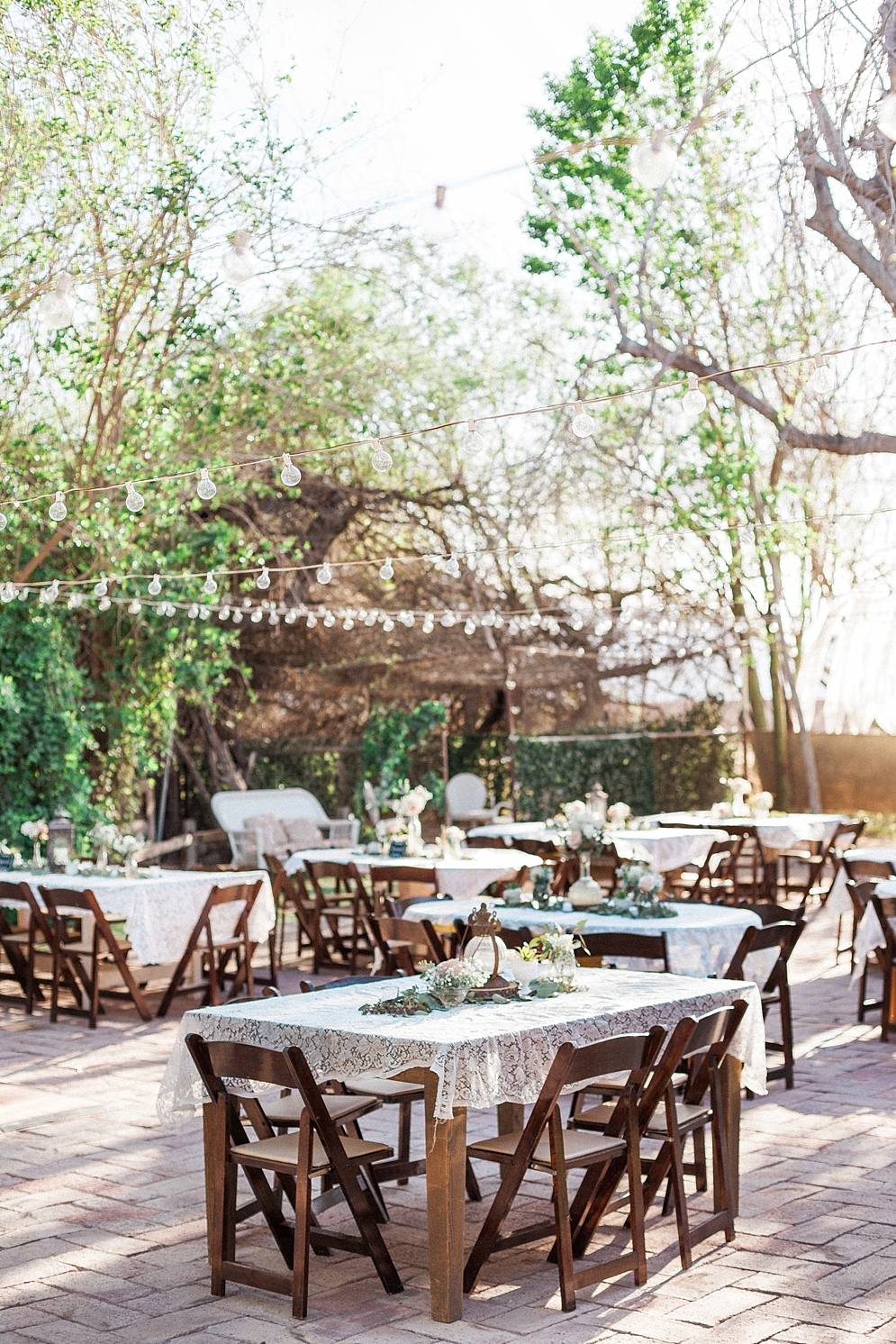A Time to Dance
Receptions are well-known for their spunky, fun, and light hearted vibes. We all look forward to them because it’s a major celebration/party. We get to laugh, enjoy company, eat good food, and sip on some yummy drinks. In the Jewish culture there are a few traditions that you’ll want to know. They have some unique meanings behind them and will make your wedding day one of a kind. Read below to learn about the different St.Louis Jewish Wedding Reception Traditions.
The Yichud (Privacy)
A neat part of a Jewish reception is “The Yichud” or “seclusion.” This is a ritual that allows room for the main purpose of the day to be soaked in. 15 minutes are spent between the bride and groom in their own room to embrace the moment. How cool would that be? There are no plans, just the two wrapping their arms around each other, holding each other close while they remember it is a day about their love. This portion of the day symbolizes their new status as newlyweds who have become one family. Some couples will even share their first meal of the day together during the Yichud if they have been fasting.
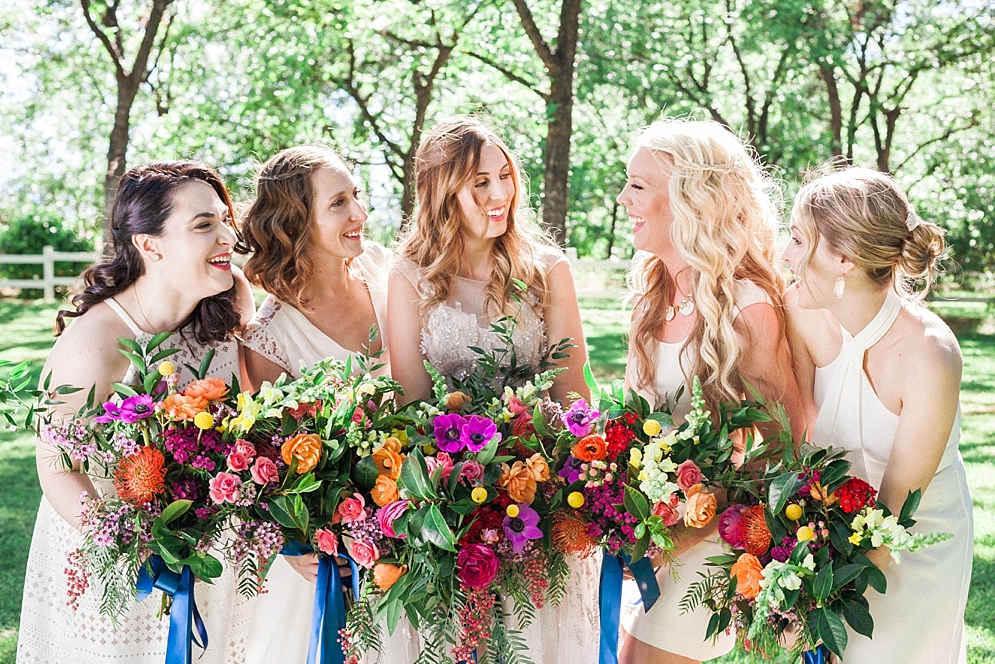
Ketubah (Jewish Marriage Contract)
Did you know in Orthodox communities, they have their own Jewish marriage contract? It is signed specifically by the rabbi, groom, and two male witnesses, and occasionally the bride. This is all about the groom finally taking his bride as fully his, because she has chosen to entrust her life to him. With that being the underlying purpose of this contract, the bride holds possession of the Ketubah. It also states the responsibilities of her new husband to her as his bride, while having access to it at anytime. You can find this document beautifully printed in a frame and placed on a wall in their new home.
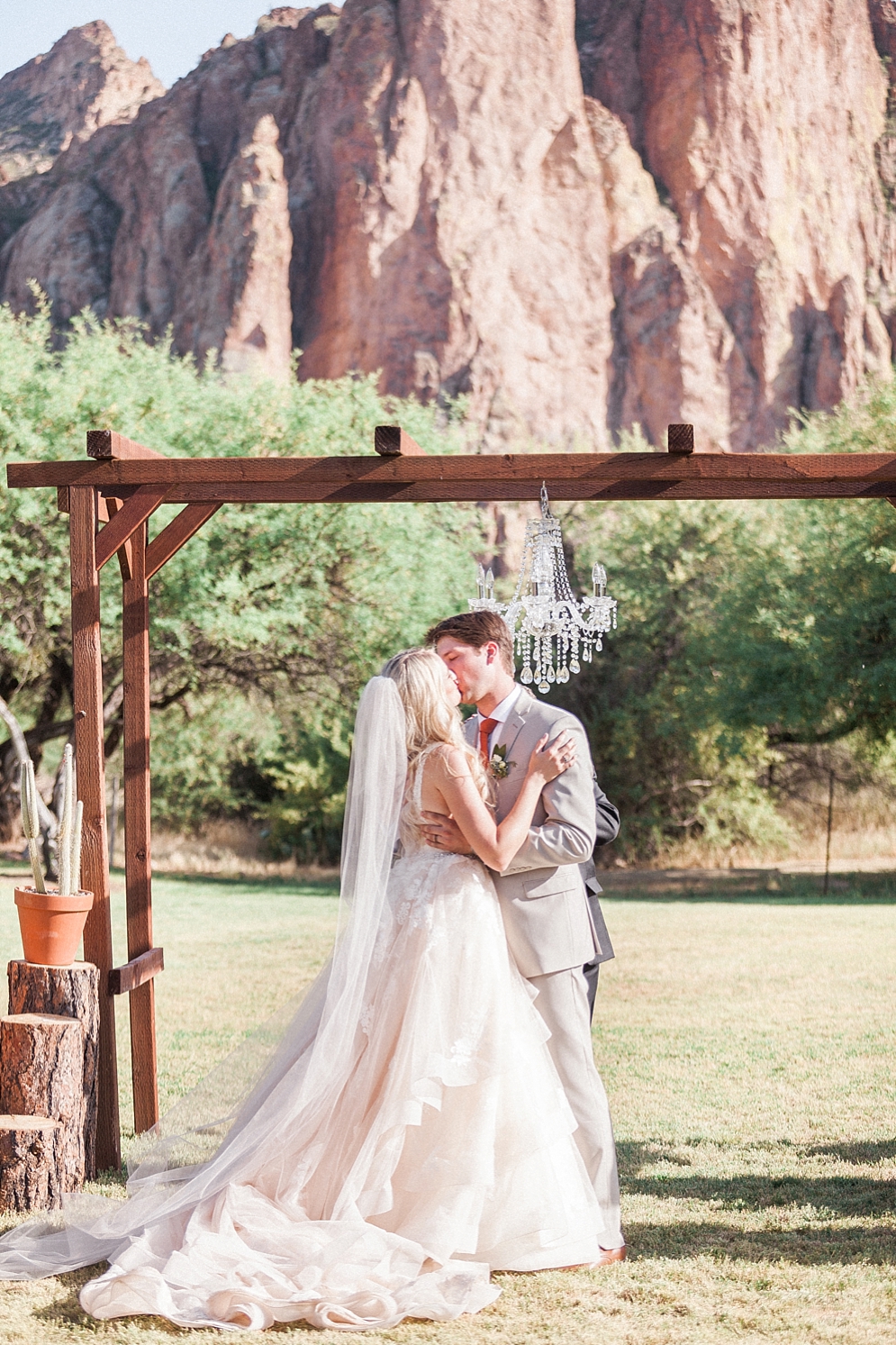
The Festive Meal (Seudah)
Think of this tradition as the real party that is all for the bride and groom (the kallah and the chatan.) Guests will choose their own roles in how to entertain and celebrate the newlyweds. Music is blaring, the guests are dancing the night away, while others are showing off their juggling and acrobatic skill work. The spoiling of love from family and friends does not end there! A week after the wedding, friends and family host multiple meals for the bride and groom to continue the celebration and honor their new union. This special post-wedding week is called Sheva Brachot.
S’eudah Mitzvah
Now it’s time to celebrate with the gift of delicious food. Some coomon foods you’ll find at a Jewish reception include, chicken. fish, and sweet rice pudding (Sutlach) as a prosperous starter. You decide to have kosher food, you’ll want to choose between a meat or a dairy meal and do your homework on the best Kosher caterer around town who will supply you and your guests will some taste endearing kosher foods!
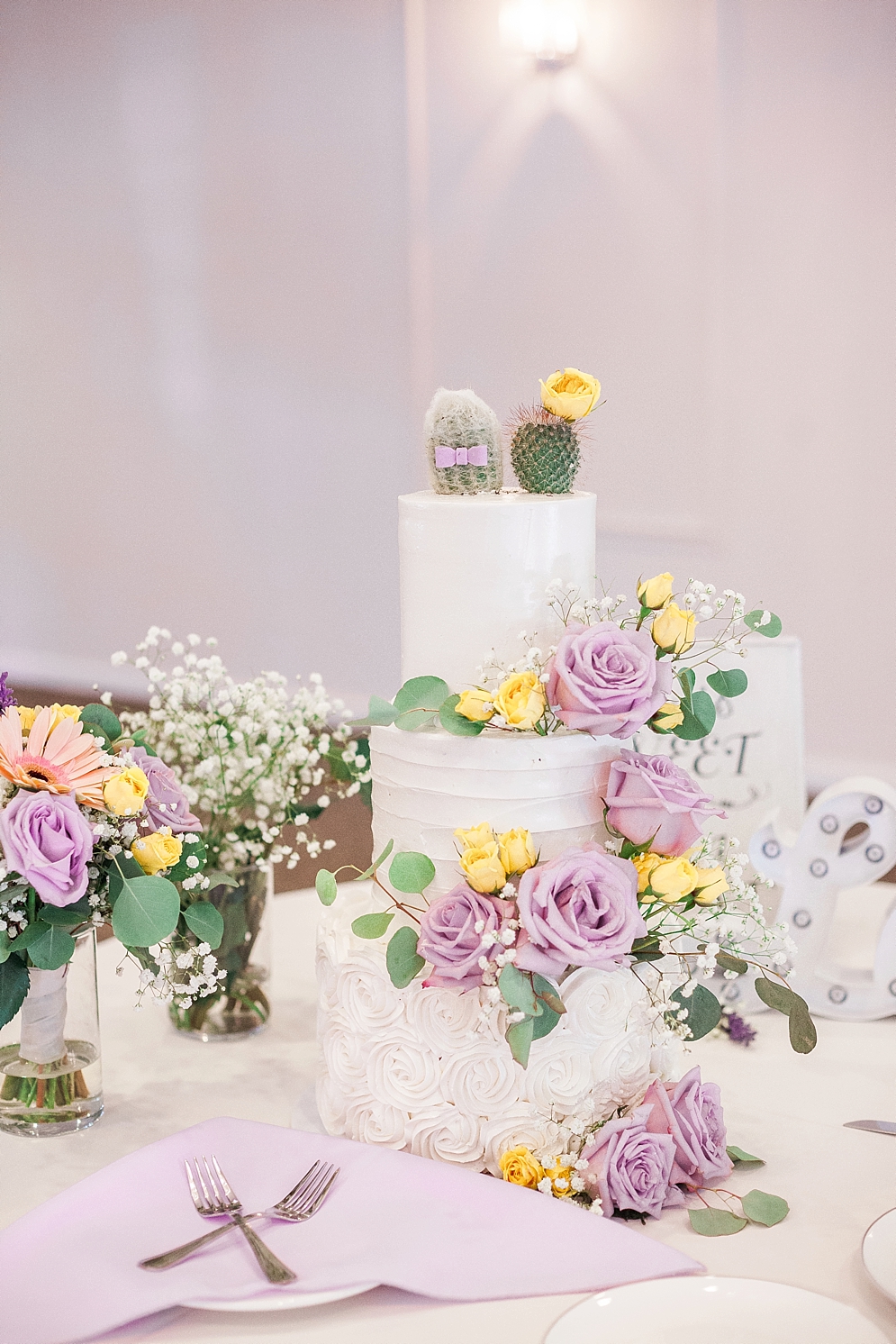
The Hora
This is a must! The Hora or better known as the chair dance. Guests who have the muscles and energy to lift the bride and groom, will grab a hold of their chairs and walk them around the room, and above the crowd. “Hava Nagila” will be echoing from wall to wall as friends and family dance the night away in a circle around the couple, while the couple hold on for dear life!
Mitzvah Dances
As you might have picked up on, it is very important to keep the love birds entertained throughout the whole night. It is considered a good deed but also keep as an obligation that must be played out. The guests make sure to go all out for their family friends by playing dress up in masks and props while acting out funny skits. The bride and groom sit in chairs while all of this is happening.
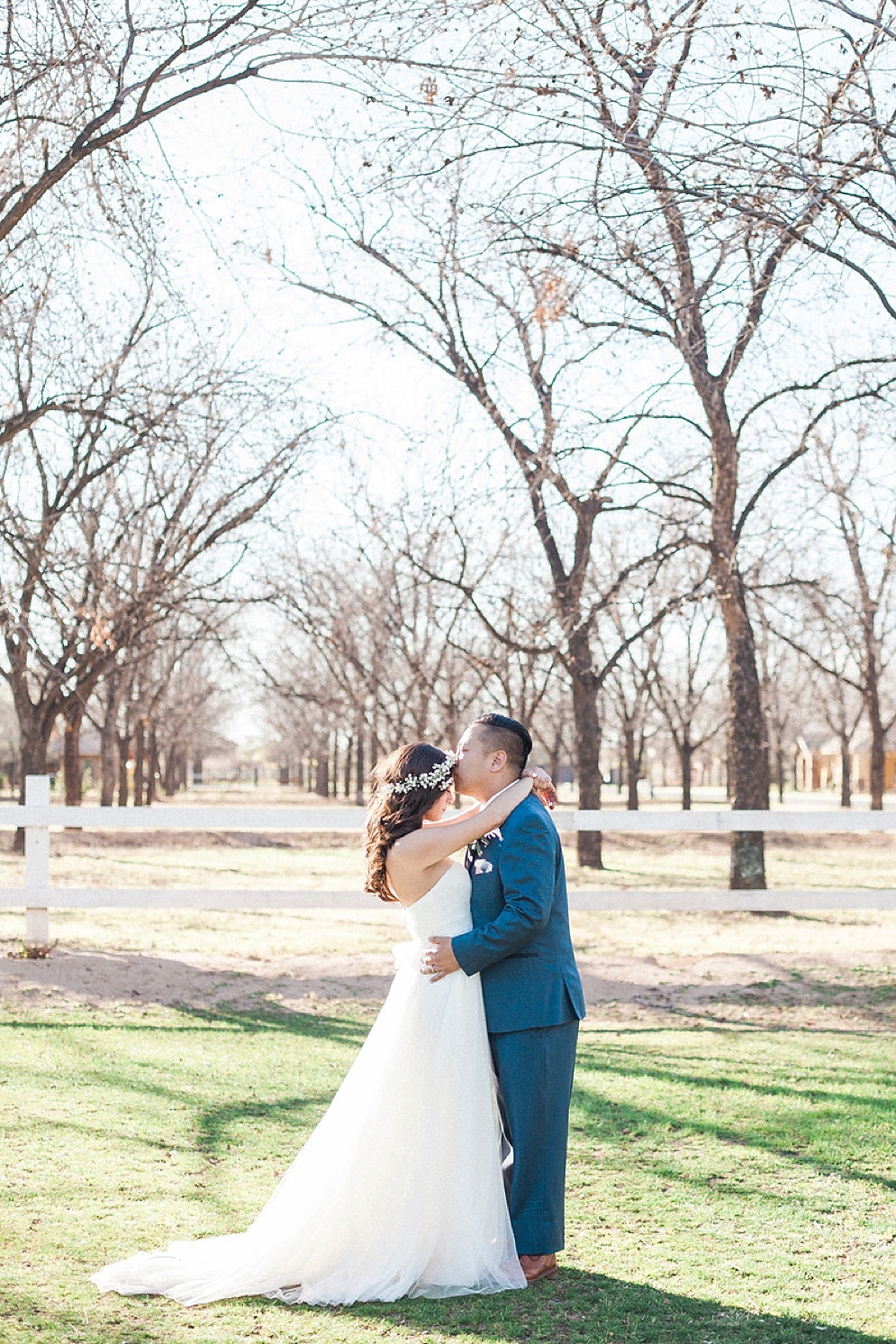 Mezinke Tanz OR Krenzel
Mezinke Tanz OR Krenzel
The parents of the bride and groom are also acknowledged and entertained. The Mezinke Tanz is a concluding dance that also honors the wedding of a last child. The dance is also known as Krenzel (Yiddish for “crown”). The mother is often crowned with a floral wreath on her head during the dance.
Birkat Hamazon
To end the festive meal, the Birkat Hamazon occurs. A blessing is given to the beloved’s while booklets of prayers, called benchers, are given to the guests. The seven wedding blessings are repeated, which give friends yet another opportunity to participate. And last but not least, to symbolize the mark of their new life together in marriage, two wine glasses are poured into one.
